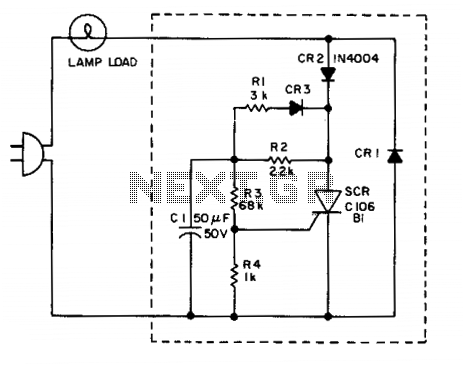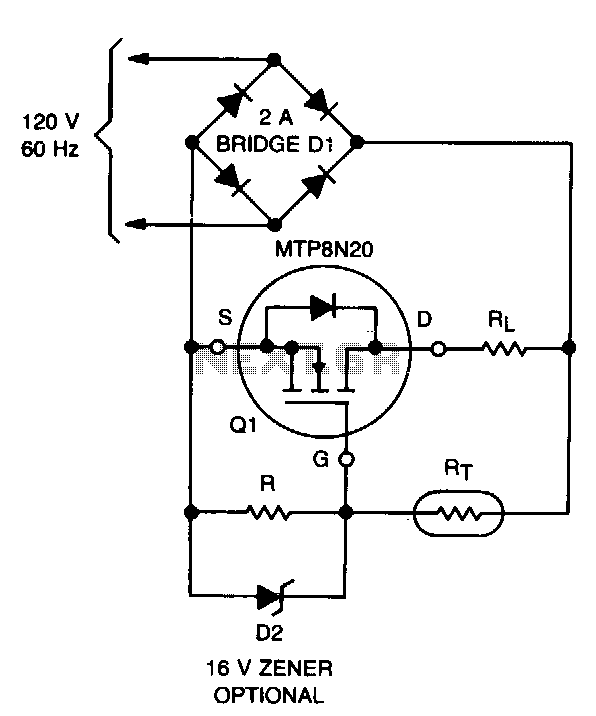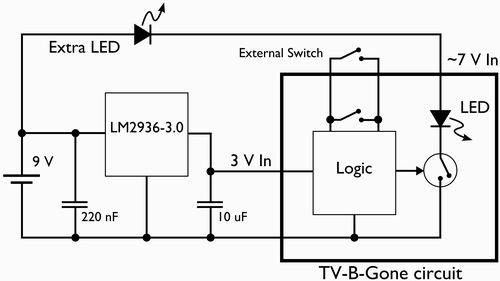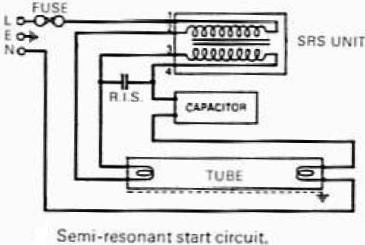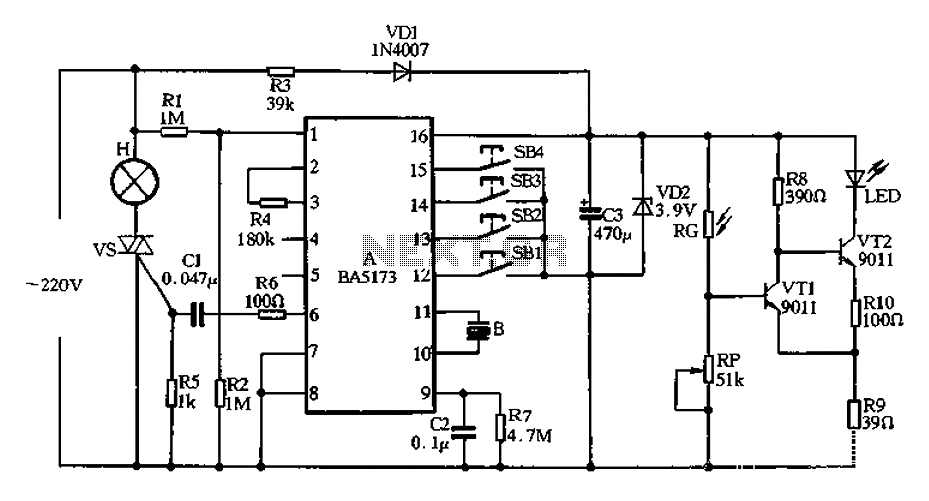
Rear Fog Lamp For Vintage Cars

According to current legislation in many countries, vintage cars must also be fitted with a fog lamp at the rear. In modern cars, there is a bit of circuitry involved in the integration of fog lamps.
Fog lamps are essential safety features that enhance visibility during adverse weather conditions, such as fog, rain, or snow. The integration of a rear fog lamp in vintage cars not only complies with legal requirements but also improves the vehicle's safety profile.
The typical circuit for a rear fog lamp consists of a power source, a switch, and the fog lamp itself. The power source is usually the vehicle's battery, providing the necessary voltage to operate the lamp. A dedicated switch is often installed on the dashboard, allowing the driver to activate the fog lamp as needed.
In modern vehicles, the circuit may include additional components such as a relay, which helps manage the higher current that the fog lamp may draw, protecting the vehicle's wiring from overheating. The relay is typically activated by the switch, allowing a low-current signal to control a higher-current circuit.
Furthermore, the rear fog lamp is designed to emit a bright red light, which can be seen from a considerable distance, alerting drivers behind the vehicle of its presence. The lamp must be positioned at a specific height and angle according to regulatory standards to ensure optimal visibility without causing glare to other drivers.
In summary, the integration of a rear fog lamp in vintage cars not only fulfills legal obligations but also enhances safety through improved visibility in poor weather conditions. The circuit design for such lamps must consider various components to ensure reliability and compliance with safety standards.According to current legislation in many countries, vintage cars must also be fitted with a fog lamp at the rear. In modern cars, there is a bit of circui.. 🔗 External reference
Fog lamps are essential safety features that enhance visibility during adverse weather conditions, such as fog, rain, or snow. The integration of a rear fog lamp in vintage cars not only complies with legal requirements but also improves the vehicle's safety profile.
The typical circuit for a rear fog lamp consists of a power source, a switch, and the fog lamp itself. The power source is usually the vehicle's battery, providing the necessary voltage to operate the lamp. A dedicated switch is often installed on the dashboard, allowing the driver to activate the fog lamp as needed.
In modern vehicles, the circuit may include additional components such as a relay, which helps manage the higher current that the fog lamp may draw, protecting the vehicle's wiring from overheating. The relay is typically activated by the switch, allowing a low-current signal to control a higher-current circuit.
Furthermore, the rear fog lamp is designed to emit a bright red light, which can be seen from a considerable distance, alerting drivers behind the vehicle of its presence. The lamp must be positioned at a specific height and angle according to regulatory standards to ensure optimal visibility without causing glare to other drivers.
In summary, the integration of a rear fog lamp in vintage cars not only fulfills legal obligations but also enhances safety through improved visibility in poor weather conditions. The circuit design for such lamps must consider various components to ensure reliability and compliance with safety standards.According to current legislation in many countries, vintage cars must also be fitted with a fog lamp at the rear. In modern cars, there is a bit of circui.. 🔗 External reference
Warning: include(partials/cookie-banner.php): Failed to open stream: Permission denied in /var/www/html/nextgr/view-circuit.php on line 713
Warning: include(): Failed opening 'partials/cookie-banner.php' for inclusion (include_path='.:/usr/share/php') in /var/www/html/nextgr/view-circuit.php on line 713
